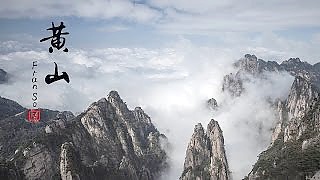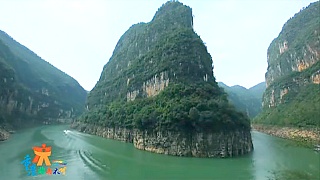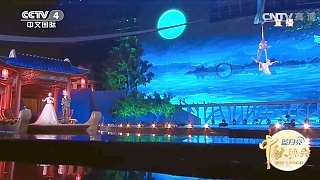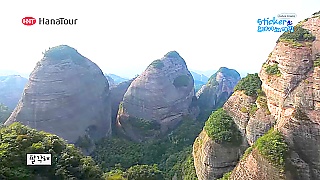
|
With Lulu's Daily In China ...
Welcome to the Forbidden City
Explore the imperial palace and ancient architecture of the Forbidden City in Beijing.
Introduction
The Forbidden City, also known as the Palace Museum, is a vast imperial palace complex in Beijing, China. It served as the home of emperors and their households, as well as the ceremonial and political center of the Chinese government for almost 500 years.
Location
The Forbidden City is located in the Dongcheng District in the heart of Beijing, directly north of Tiananmen Square.
History
The construction of the Forbidden City began in 1406 and was completed in 1420. It was the Chinese imperial palace from the Ming dynasty to the end of the Qing dynasty, housing 24 emperors. The complex covers 72 hectares (178 acres) and consists of 980 surviving buildings with 8,886 rooms.
In 1925, the Forbidden City was transformed into the Palace Museum, showcasing extensive collections of artwork and artifacts from the imperial collections of the Ming and Qing dynasties. It was designated a UNESCO World Heritage Site in 1987.
Attractions
Meridian Gate (Wu Men): The main entrance to the Forbidden City, known for its grand architecture and historical significance.
Hall of Supreme Harmony (Taihe Dian): The largest hall in the Forbidden City, used for major ceremonial occasions.
Hall of Central Harmony (Zhonghe Dian): A smaller, intimate hall where the emperor prepared and rested before ceremonies.
Hall of Preserving Harmony (Baohe Dian): Used for banquets and later for imperial examinations.
Palace of Heavenly Purity (Qianqing Gong): The emperor's residence, representing his supreme authority.
Hall of Union (Jiaotai Dian): A hall connecting the emperor's and empress's palaces, symbolizing their union.
Palace of Earthly Tranquility (Kunning Gong): The residence of the empress and the site for imperial weddings.
Imperial Garden: A serene garden area with ancient trees, rockeries, and pavilions, used by the imperial family for leisure.
Clock and Watch Gallery: Displays a vast collection of timepieces from the imperial collection.
Treasure Gallery: Houses valuable artifacts, including jade, gold, and other treasures from the imperial era.
Activities
Exploring historical buildings and courtyards
Visiting museum exhibitions
Photography
Participating in guided tours
Attending cultural performances and events
Facilities
Visitor Center
Restrooms
Gift Shops
Cafes and Restaurants
Parking Lots
Audio Guide Rentals
Guided Tour Services
Visitor Tips
Wear comfortable walking shoes.
Bring water and snacks, especially if you plan to stay for several hours.
Visit early in the morning or late in the afternoon to avoid crowds.
Check the weather forecast and dress appropriately.
Respect the cultural and historical significance of the site; behave appropriately and follow all rules and guidelines.
Plan your visit to include the main attractions and leave time for exploring lesser-known areas.
|






 Improving school learning in China’s remote areas
Improving school learning in China’s remote areas






